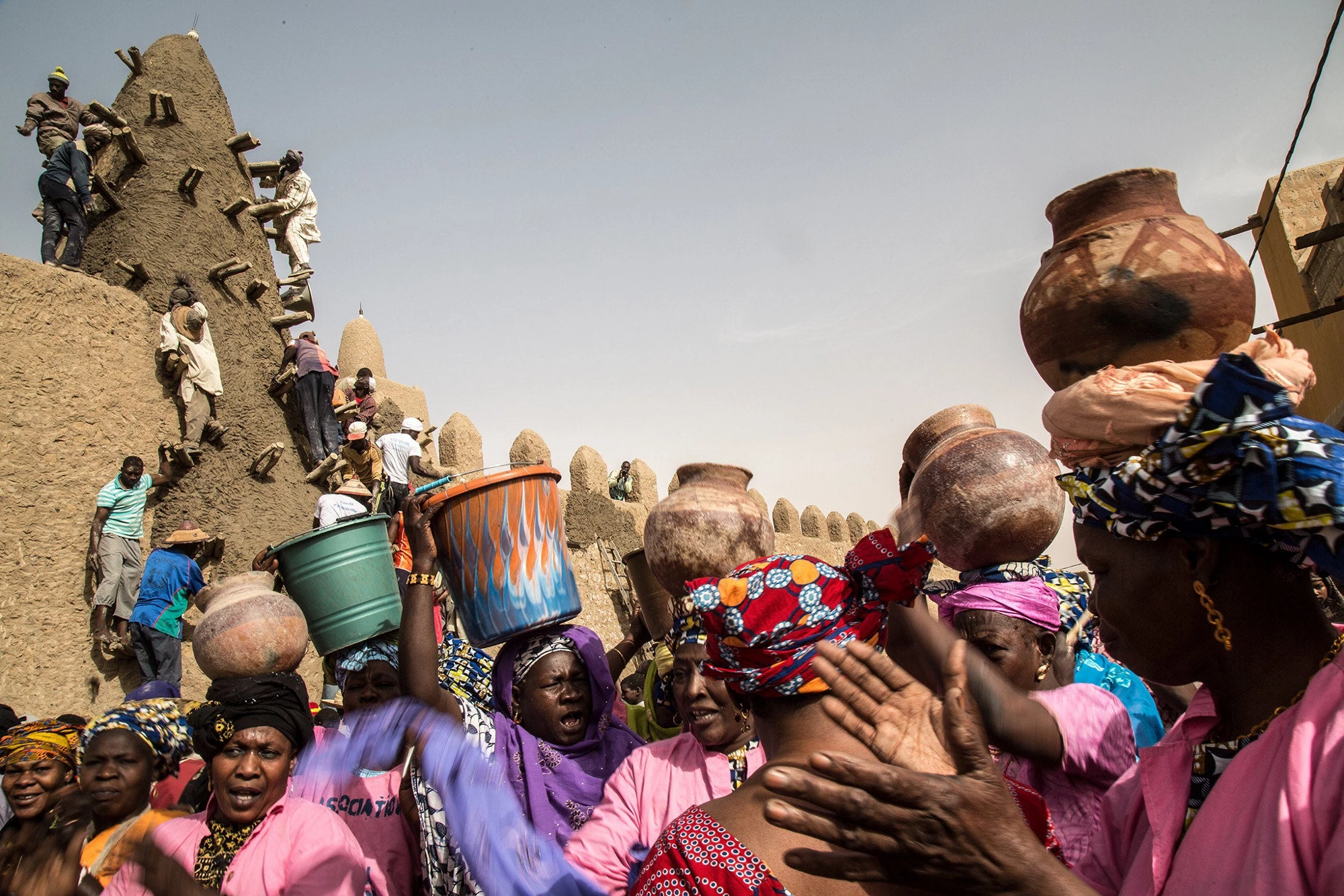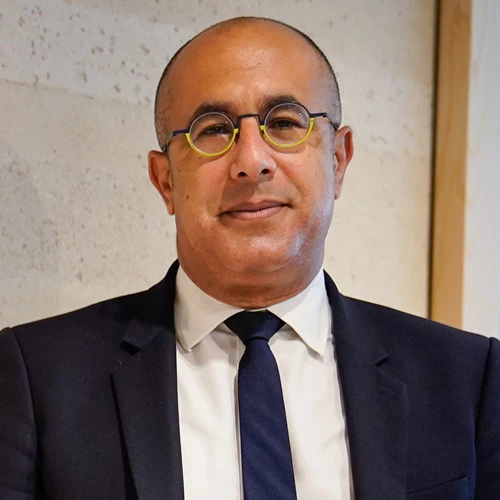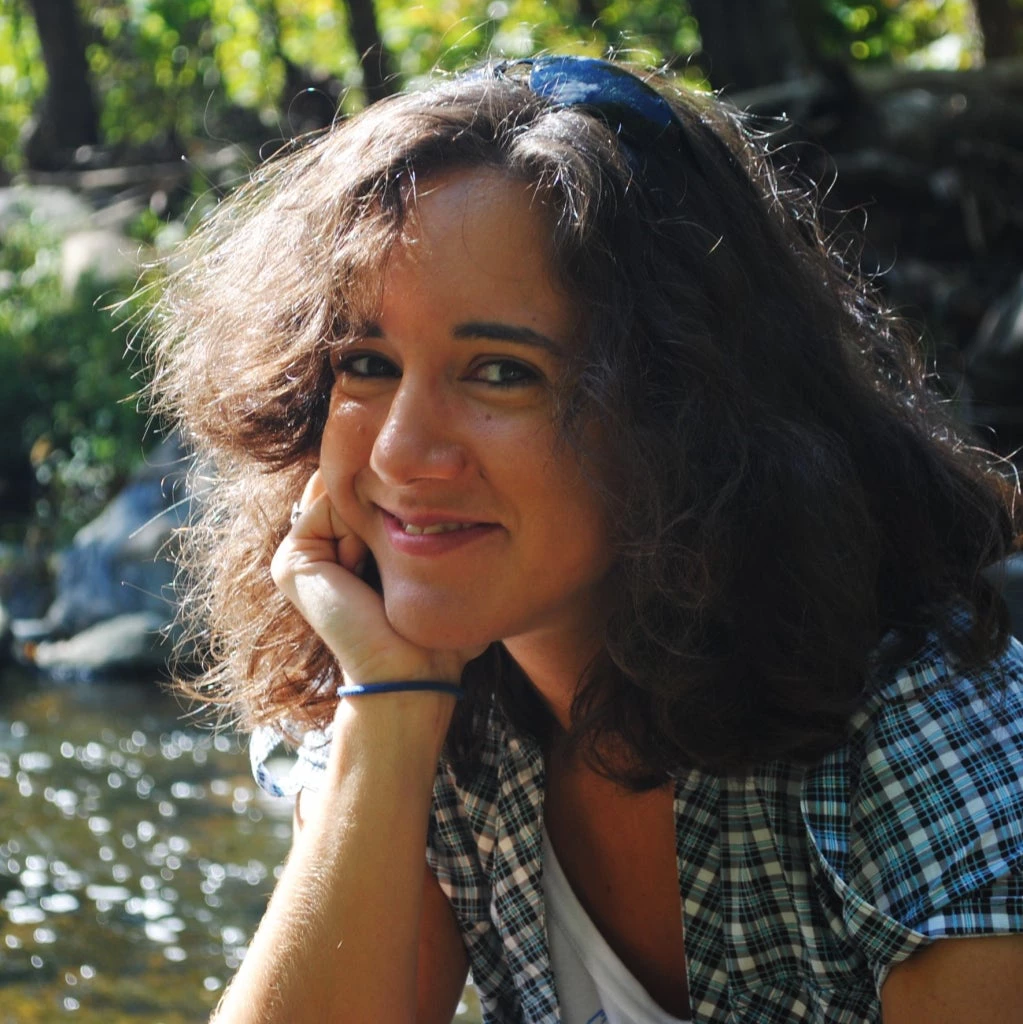
Imagine a city destroyed by a natural disaster, killing people and wiping away infrastructure. For instance, an earthquake devastated Port-au-Prince, Haiti in 2010, killing over 200,000 people and displacing around 895,000.
Even worse, imagine a city demolished by a manmade disaster: conflict. Recent examples include Aleppo, Syria and Kabul, Afghanistan. Here conflict goes far beyond violence to include erasing a place’s culture, heritage, landmarks, and its traditions.
Now, imagine the enormous undertaking required to rebuild these places and the many stakeholders that need to be brought together. It would take an integrated, holistic approach to restore torn heritage, infrastructure, and service delivery systems after they have been wiped out by a natural or manmade disaster. Culture needs to underpin such a rebuilding approach.
Culture is the foundation on which cities are built. It helps cities develop and evolve over time. Culture injects a sense of place in a city that brings meaning to its people; without culture and people, cities would be no more than a mere collection of buildings and unbuilt areas.
Culture is important for the rebuilding in a post-disaster setting, to help the community recover. It becomes even more important when conflict erases or alters a city’s identity, and where the rebuilding process requires reconciliation.
What’s the role of culture during post-conflict and post-disaster reconstruction processes? This critical but insufficiently discussed issue was at the heart of the recent third World Reconstruction Conference (WRC3) in Brussels. A few cases presented during the conference struck us as some of the most telling examples:
- Cyprus brought a beautiful example of collaboration between its Greek and Turkish communities. While divided, the two communities are making joint efforts to safeguard and restore cultural heritage that matters to both. The Technical Committee on Cultural Heritage, a joint Greek Cypriot and Turkish Cypriot mechanism for safeguarding and restoring heritage, completed many projects in recent years to strengthen harmony and alliance through culture. Culture has become their common language in the process of reconciliation. It was especially touching to see two members of the committee, one Greek Cypriot and the other a Turkish Cypriot, present their work jointly and seamlessly, and explain how they speak the same language and their work completes each other.
- From Bosnia and Herzegovina, the city of Mostar gave us another example of unity and tolerance. For Mostar’s citizens, the Mostar Bridge was not just a connector of communities enabling access to jobs and services, but a cultural icon and a foundation of the city’s identity. When the bridge was destroyed in 1993 during the Bosnian War, local communities were in shock. They prioritized the bridge over housing in the reconstruction process, indicating its economic, cultural, and infrastructural value. “A person killed is one of us; the Bridge is all of us” was the message from the communities that explained the fundamental role of culture as identity in recovery processes.
- In Mali, the historic city of Timbuktu was severely affected by a protracted conflict, which resulted in 2012 in the demolition of its mausoleums, damage to its manuscripts, and multi-faceted attempts to erase the city’s identity. The reconstruction process mobilized the international community and centered around people’s priorities and needs. It rehabilitated and trained artisans to restore and rebuild historic monuments following ancient practices and using traditional materials. The effort helped promote solidarity across borders, preserve what’s left of the city’s manuscripts and relics, and restore community facilities, public spaces and the functioning of the city.
Culture matters. Without it, there will be no reconciliation in divided places and communities. Without it, there will be no balance between restoring the past and renewing for the future. The process of strengthening resilience and building back better can only be successful when it incorporates a people-centered approach, a place-based strategy, and integrated policymaking—all rooted in the culture of the place and its communities.
You may also like:
- Prepare better today for tomorrow’s natural disasters – It’s possible
- Cultural heritage and sustainable tourism: drivers of poverty reduction and shared prosperity
- Cultural Heritage Project Strengthens Economic, Community Activity in Lebanon
- Global Facility for Disaster Reduction and Recovery (GFDRR)
- Subscribe to our "Sustainable Communities" newsletter and follow us on Flipboard




Join the Conversation